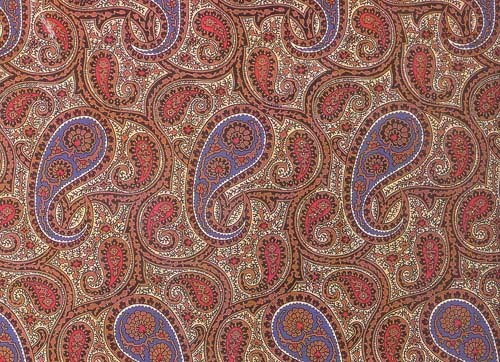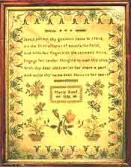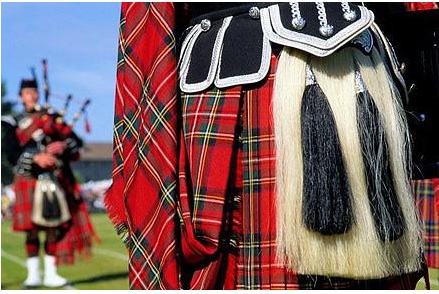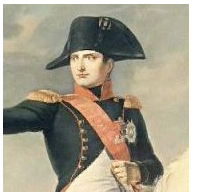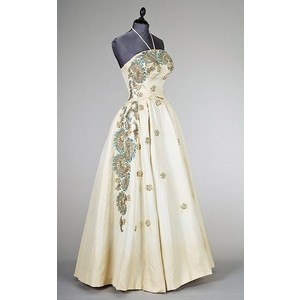Although many old textiles are too delicate to use for their original purposes, you can often treat them as you would a picture and hang them on your walls – and this is one reason why textiles have enjoyed a huge increase in popularity in recent years.
Because of their inherent fragility, both age and condition are fundamental to the value of all antique textiles. Among the earliest and most valuable English textiles are stumpwork pictures made in the 17th century. These raised, embroidered pictures often contain amazing inconsistencies of scale – figures may be dwarfed by gigantic insects, huge flowers loom over tiny houses – but this is all part of their charm.
Textiles made in the 19th and 20th centuries tend to be widely available and far less expensive. Those made in the Middle East, China, Japan and India are often especially colourful. European tapestries of this period often imitate earlier styles, but with a brighter range of colours. If a whole tapestry is beyond your budget you could buy a small fragment or a chair cover and make a cushion from it. There is also an abundance of samplers, shawls and lace from which to choose. These may vary in price from £50 up to several hundred.
Embroidery
Over the centuries sewing has been an important occupation for women in many cultures. Collectors are spoilt for choice – you can specialise in any of a wide range of different types and styles of embroidery.
What to look for
Some multi-patterned embroideries served as a visual guidebook to different stitches. In general, the finer the stitching and the brighter the colours, the more desirable the piece will be. Silk embroideries are usually more valuable than those sewn on wool.
Because 19th-century textiles are relatively abundant, it’s best to avoid badly damaged pieces, unless they’re particularly unusual.
Stumpwork
Stumpwork embroidery incorporates distinctive areas of raised decoration, formed by padding certain areas of the design.
Even though this stumpwork picture from around 1660 has had some restoration to the ivory silk background, it would be still worth between £1,500 and £2,000.
Susanis
Embroidered susanis (the word means stitch or needle in Persian), such as the one from Bokhara pictured at the top of the page, were laboriously stitched by women to form an important part of a bride’s dowry. According to legend, they were used as a covering for the bridal bed and ripped in half when the bride lost her virginity. Ones like this would be worth £800 to £1,500.
Samplers
This sampler is worked in brightly coloured silks. Typically, it contains the name of the person who made it, Mary Read, and the date, 1838. A sampler like this would cost about £400 to £600.
Sampler tips
If you’re starting to collect samplers, signs of quality are:
- desirable subjects such as houses, alphabets, birds, insects, flowers
- samplers worked with wool rather than silk
- reasonable condition – avoid 19th-century samplers if they’re badly damaged or have holes
Sampler care
As with any textile, samplers are vulnerable to fading and should be hung away from strong sunlight. If you’re storing them in a drawer use plenty of mothballs to make sure they’re well protected from moths.
For more advice on looking after textiles read our guide to antiques care and repair.
Berlin woolwork
Berlin woolwork pictures such as this were made in large numbers in the mid-19th century. Subjects vary enormously and can affect the price.
This one shows a scene taken from a Sir Walter Scott novel and is worth about £200 to £500. Pictures of birds and dogs are always popular and can cost between £600 and £1,000.
Woven textiles
In draughty 17th- and 18th-century interiors, tapestry hangings provided an essential source of warmth. They went out of style as wallpaper became popular and houses got warmer, but now tapestries are back in fashion, and very collectable.
Tapestry
Not all tapestry is prohibitively expensive. You can find small snippets of flowery Aubusson or finely woven Beauvais tapestry for quite modest sums. Look out for door hangings (portières) and seat covers, or fragments of large tapestries, as these are often surprisingly affordable.
The 19th-century Beauvais tapestry shown above is so finely woven that you could mistake it for an oil painting – a sign that it’s of the highest quality. The elaborate border is copied from picture frames of the period and the design is after a painting by the 18th-century artist François Boucher. A piece like this would fetch around £5,000.
Tapestry cushions
Tapestry cushions are often fragments of a larger piece. This one uses 17th-century tapestry which was probably once part of the border of a large panel. Like most cushions of this type, it’s mounted on fabric of a much later date. Expect to pay about £400 to £600 for an item like this.
Paisley
Paisley shawls such as this became popular because the voluminous crinoline skirts which were fashionable in the mid-19th century made it impossible for ladies to wear coats. Named after the town Paisley in Scotland, these shawls were also produced in Edinburgh, Norwich and France. You could find this sort of shawl for around £400.
Paisley hints
If you’re buying a shawl, look for:
- rich dark colours, predominantly reds and oranges, gold, turquoise, green and black
- heavy, rich, soft woollen cloth enriched with silk
- complex designs inspired by Indian motifs
- generous size – 272cm x 145cm (107in x 57in) is average while some measure more than 381cm x 192cm (150in x 76in)
Lace
Most lace seen today is machine-made, and dates from the late 18th century onwards. Hand-made lace has an appealing irregularity in its appearance, and early pieces are particularly valuable.
Early lace, such as this 18th-century flounce, was usually made from linen, a robust fibre, so pieces can be framed and hung on the wall. A flounce like this would cost about £2,500.
Looking after lace
Never display lace by pinning it – rust stains are very difficult to remove. Store lace between sheets of acid-free tissue paper. For more advice on looking after textiles read our care and repair guide.
Quilts
Quilts usually date from the 19th and early 20th century and have become popular with collectors in Europe and America, where many of the finest were made.
Newspaper or scrap paper templates were often used to stiffen the fabric patches in old quilts such as this American one. You might find laundry lists, letters or newspaper stories that can help you date the quilt. Quilts like this could fetch anything from £1,000 to £3,000.

